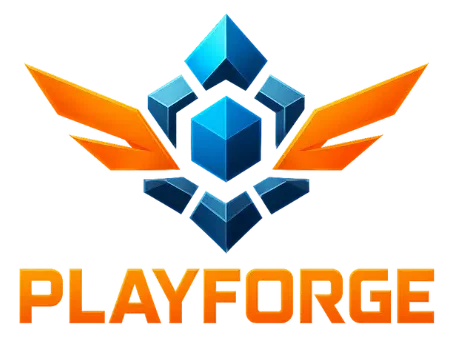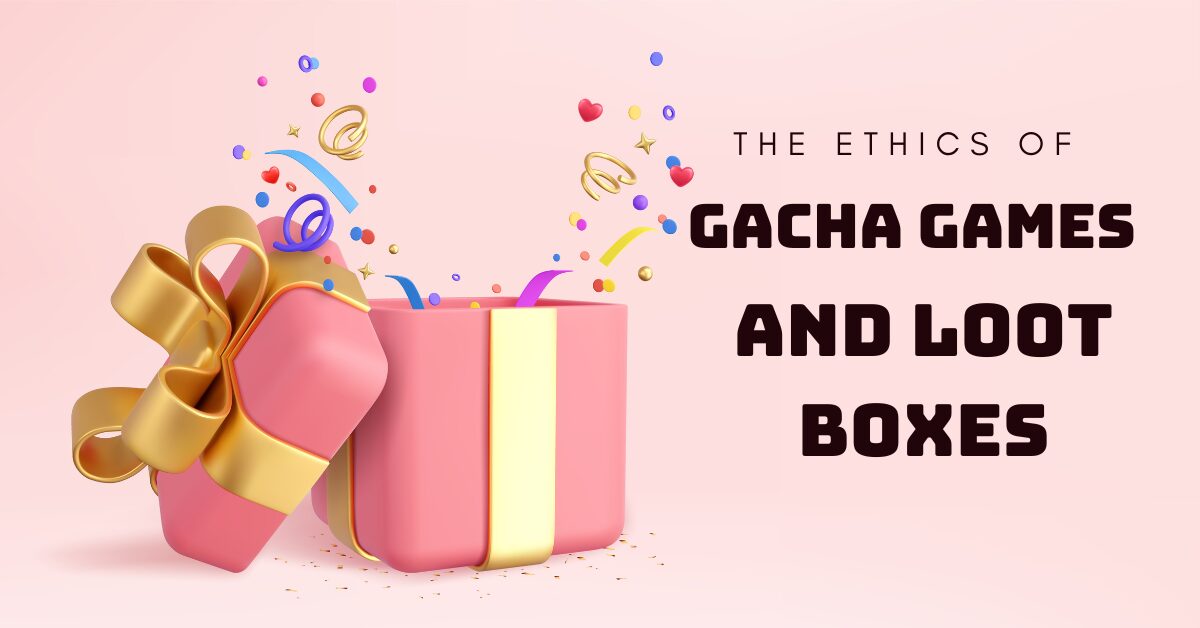Gacha games are everywhere, from anime-inspired mobile hits to full-blown console releases with loot-based systems. They’re flashy, addictive, and insanely profitable. But as they’ve grown, so has the controversy around how they’re designed and whether they’re fair to the players who fund them.
Are these games just harmless fun with optional spending, or are they built to exploit habits and encourage addiction? In this article, we’ll break down what makes gacha games tick, where the ethical lines get blurry, and why more people are starting to question how these games operate.
What Are Gacha Games?
For those unfamiliar, gacha games implement mechanics inspired by Japanese gachapon machines—those toy vending machines where you insert money and receive a random capsule with a toy inside.
In the gaming world, gacha games are typically free-to-play mobile RPGs that revolve around team-building and heavily promote purchasing in-game items. These purchases usually involve a summoning system where players obtain characters, gear, or other collectibles through a randomized process. These items are divided into tiers—often determined by stars, grades, colors, elements, or rarity. The higher the tier, the lower the chances of obtaining it.
At first glance, this might seem fair. You pay for something and receive a reward, right? Well, not exactly.
The Problem with Gacha Games
Unlike traditional purchases, gacha games operate on luck-based mechanics. No matter how much time or money you invest, there’s no guarantee you’ll get what you want.
As a free-to-play (F2P) player, you can grind and accumulate enough in-game currency to summon. But if luck isn’t on your side, you might walk away empty-handed. That means weeks—or even months—of effort wasted. Of course, there’s an easy solution: the game conveniently offers packs ranging from $0.99 to $99.99, allowing you to summon as much as you want.
Here’s where the real issue begins. If you’re someone who can afford to spend money and control yourself, great—go for it. But many players with addictive personalities spend entire paychecks chasing the rarest characters or items, convinced that just one more purchase will make them the best in the game.
And even if you do get what you want, there’s always an “oil prince” in the game—someone who spends the equivalent of a yearly salary in a week. This often leads to disillusionment, with players either running out of money or getting bored, eventually selling their accounts for a fraction of what they spent.
“Just Don’t Spend Money” – Easier Said Than Done
Many people argue that if gacha games are a problem, you should either avoid spending money or stop playing entirely. While that sounds simple, it’s much harder in practice.
For one, these games can be genuinely fun once you look past the money-grab mechanics. They often involve deep strategy, theory-crafting, and team-building. That’s just the surface of their appeal.
Then comes the spending trap. If you have strong self-control, that’s great. But most gacha games are meticulously designed to extract money from players. They operate like manipulative partners—at first, they shower you with free rewards and make you feel powerful. But once that honeymoon phase ends, progress slows, and your team starts struggling. Suddenly, those convenient, limited-time packs look awfully tempting. And guess what? Most of them won’t actually solve your problem—they just keep you chasing the next fix.
Loot Boxes: The Same Problem in a Different Package
Loot boxes function similarly to gacha mechanics but are often used for cosmetic items like skins. They come in different tiers, and the more desirable the reward, the lower the chances of obtaining it.
Some games even ensure that no matter how much money you spend, you may never get what you want. I’ve been there—I’ve opened countless loot boxes in various games, and 99.99% of the time, I walked away disappointed. It’s frustrating and, honestly, depressing.
But after years of playing these games, I’ve learned my lesson. I’ve realized that it’s not personal—it’s just good business. Nowadays, I play for fun and avoid loot box pages whenever possible. That doesn’t mean I don’t get tempted—games like Apex Legends, League of Legends, and Marvel Rivals certainly know how to lure players in. But at the end of the day, I remind myself that it’s all designed to keep us spending.
And I’d rather keep my money.
Final Thoughts
Gacha games aren’t going anywhere and for a lot of players, that’s totally fine. When done right, they’re fun, rewarding, and even generous. But the line between a good game and a manipulative one can be thin, especially when real money gets involved.
It’s not about banning the system. It’s about understanding how it works, recognizing the red flags, and pushing for more transparency and player-first design. Because at the end of the day, games should be fun, not financial traps.
Want to Know Which Gacha Games Actually Get It Right?
Not all gacha games are out to drain your wallet. Some offer fair systems, great gameplay, and don’t feel like a gamble every time you log in.
Check out our picks for the best gacha games to play in 2025
FAQs
Gacha games use random chance to unlock characters or items, often tied to real money. The concern is that they encourage addictive behavior and resemble gambling.
Legally, it depends on the country. Some regions regulate or ban gacha mechanics under gambling laws, while others don’t see it as gambling unless real-world money is involved with no guaranteed return.
Many gacha games use psychological tricks—like limited-time banners, dopamine-driven reward loops, and fear of missing out (FOMO)—to keep players engaged and spending.
More transparency in drop rates, spending caps, fair pity systems, and clearer monetization disclosures would be a start. Some developers are already moving in that direction.
Pavle is the founder of PlayForge and its lead writer and reviewer, covering PC, PS5, and mobile games, a with a focus on RPGs, MMOs, FPS games, and more. He’s been gaming since the PS2 days and now writes in-depth reviews and guides to help players find their next obsession and get gaming insights from real players, not just critics. His reviews are honest and transparent, but he always tries to stay positive, because in his opinion, almost any game can be fun if you look at it the right way.
In his free time, he likes to (obviously) play more games, spend time with his family, theorycraft about various media with his wife, and watch anime. So yes, he’s a complete nerd, even if he’ll never admit it.

